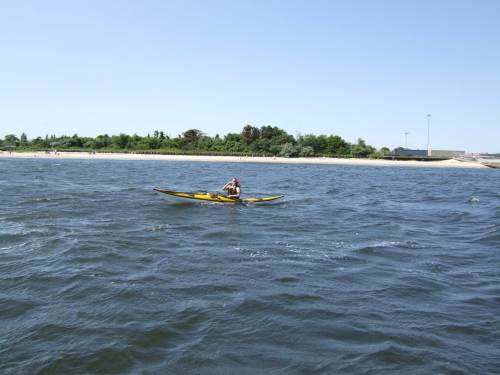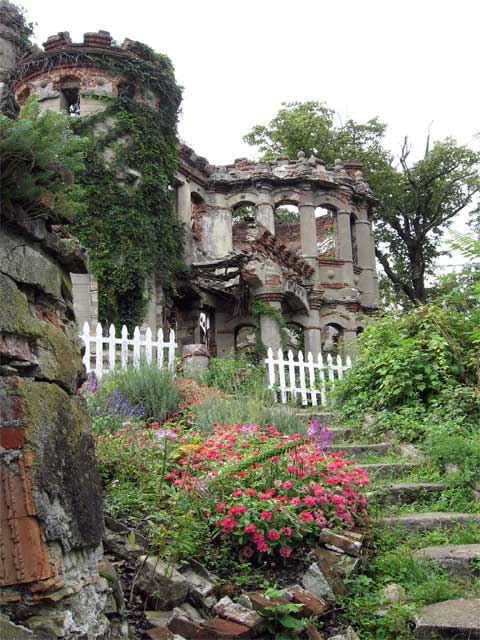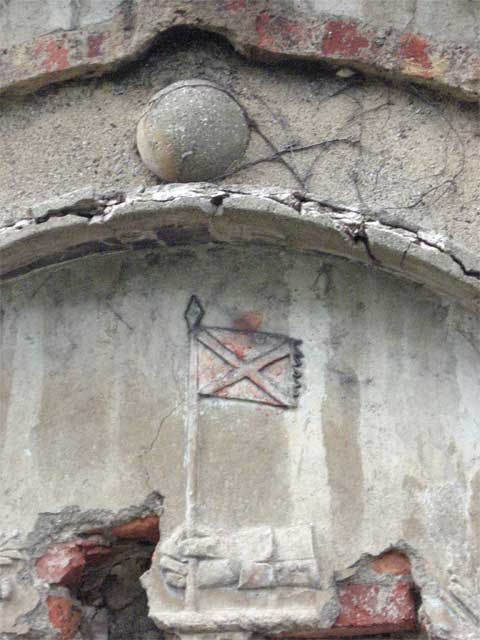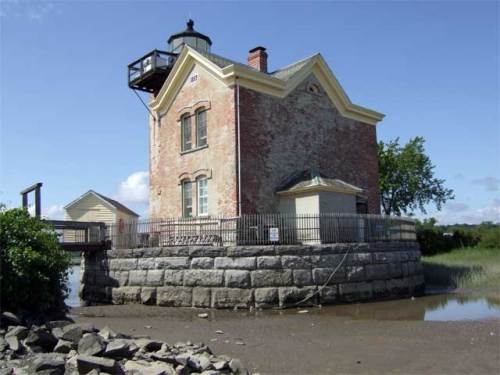We survived our night at the Alpine Boat Basin. In fact, once it was nearly high tide and I realized our lines were set well, and when it became obvious that the predicted horrible thunderstorm was only going to bring a lot of rain and no thunder, we ended up having one of the best nights. I was pretty sure I wasn’t going to get a lot of sleep, as I watched the tide come in and the planks to Puffin‘s starboard were submerged, but my fears were unfounded.

Alpine does have this going for it: at $1/foot it is the cheapest place to stay along the whole Hudson River (except for Waterford, which is free).
Heading down the Hudson we met the North River, one of the Department of Environmental Protection‘s sludge vessels:

This was an appropriate end to our river cruise, as the Hudson River was once called the North River (and still is by today’s commercial captains).
We then took the Buttermilk Channel around Governors Island and went over to see if Carolina was around on PortSide NewYork‘s headquarters, the Mary A. Whalen:
 She wasn’t.
She wasn’t.
Entering the home stretch in Jamaica Bay, we spotted Frogma out for a paddle:

In all the time we’ve been boating in Jamaica Bay, this was the first time we met on the water. There she goes, off toward the Gil Hodges Memorial Bridge:

All in all, it was an amazing trip. Karen and I both feel a much stronger connection to the river. It is one thing to drive up the Thruway or take the train to Albany; it is altogether a different thing to spend a week on the water, rarely going more than 8 m.p.h., spending almost no time on land, and not straying more than a mile from the river’s shores.
Top 2 photos by Brian; the other 3 by Karen
Read Full Post »










































